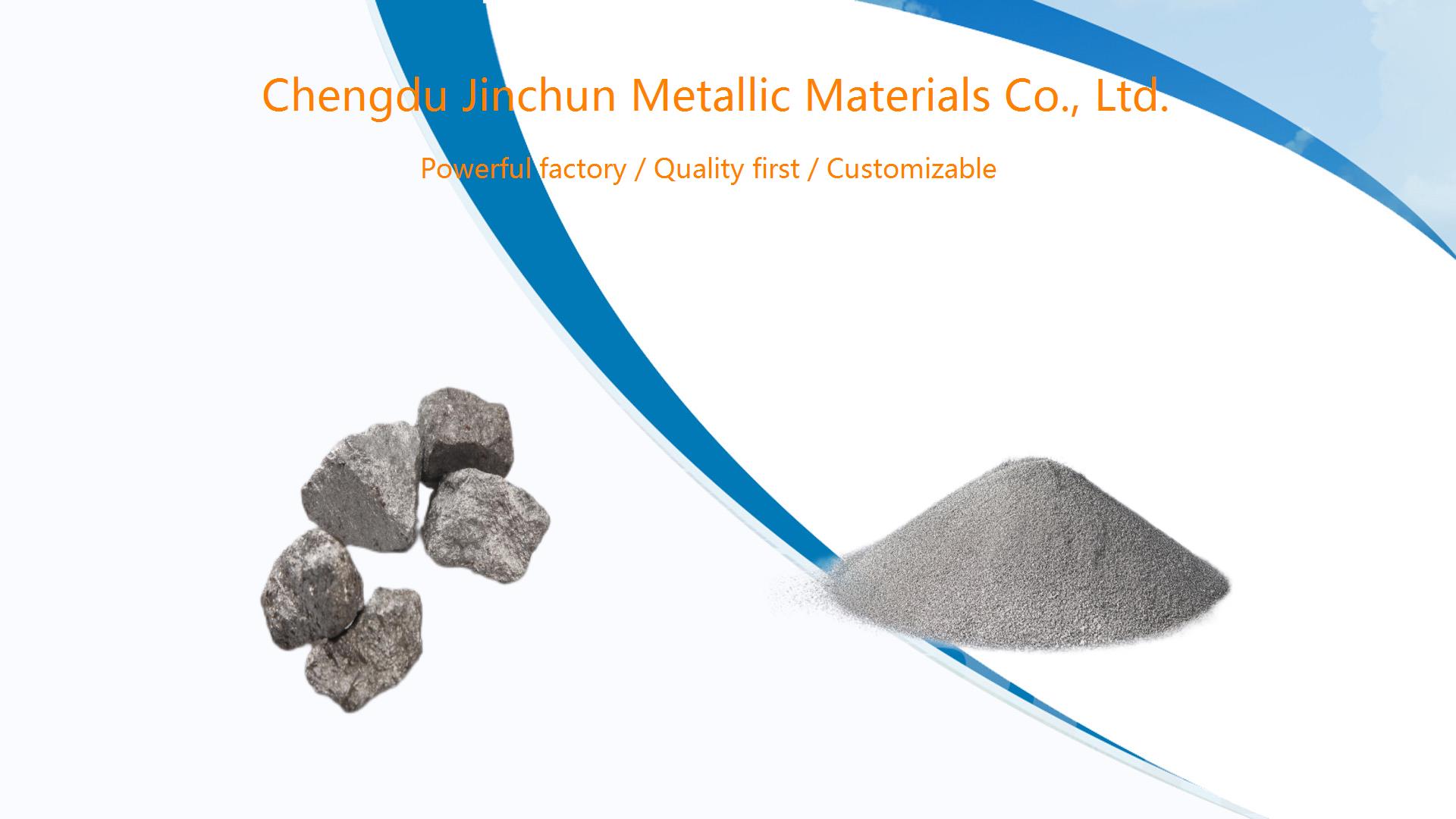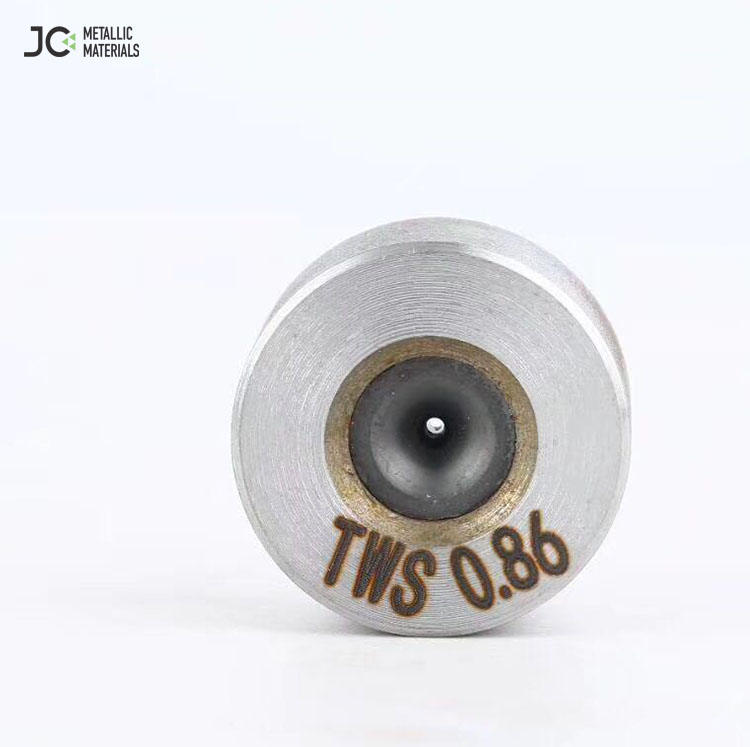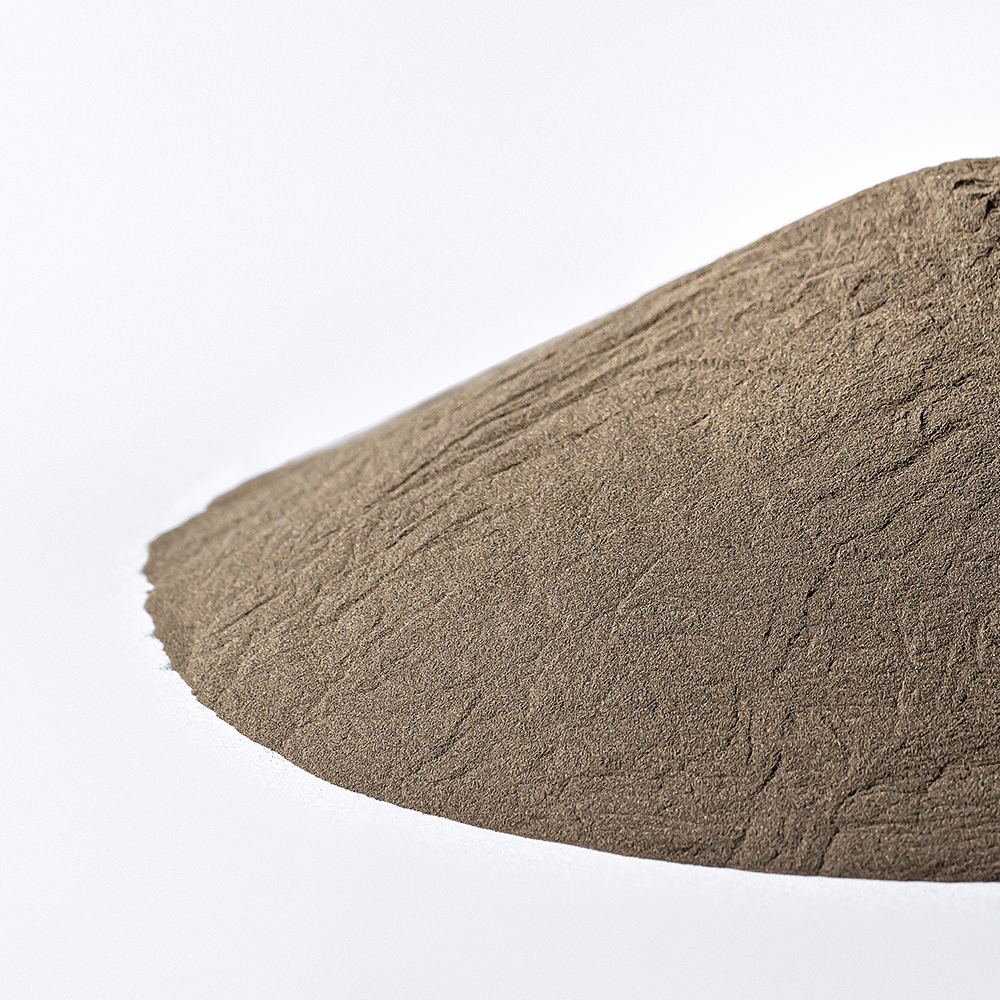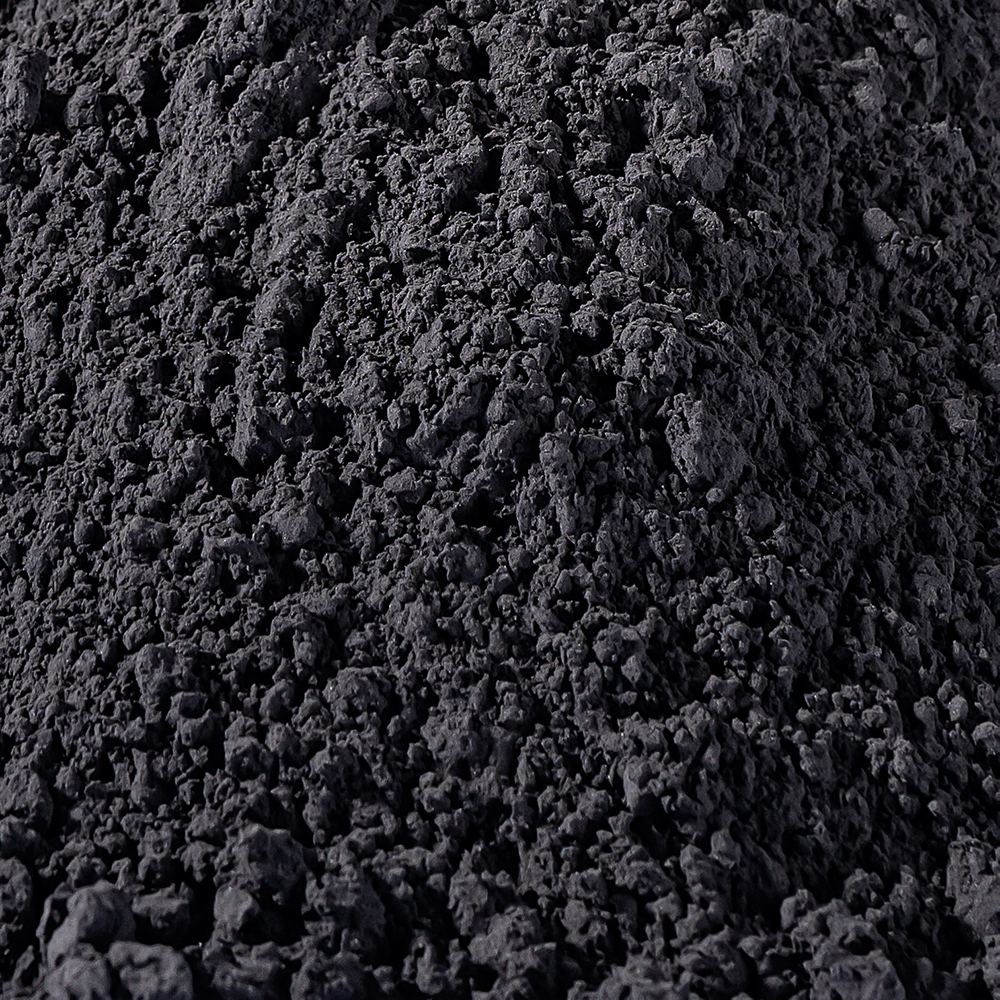
Comparing the Cost and Benefits of Magnesium Oxide Powder vs. Zinc Oxide
In the world of industrial materials, magnesium oxide and zinc oxide are two highly regarded compounds, each with its unique set of properties and applications. As a leading metal powder manufacturer, Jinchun is committed to providing high-quality products and valuable insights into the materials we offer. This article delves into the cost and benefits of magnesium oxide powder and zinc oxide, helping you make informed decisions for your industrial needs.
Introduction to Magnesium Oxide and Zinc Oxide
Magnesium oxide (MgO) and zinc oxide (ZnO) are both white powders that play crucial roles in various industries. These compounds are known for their thermal stability, electrical properties, and chemical resistance, making them indispensable in applications ranging from electronics to pharmaceuticals.
Jinchun, as a reputable metal powder manufacturer, ensures that both magnesium oxide and zinc oxide are produced to the highest standards, meeting the demands of our diverse clientele. Understanding the distinct characteristics of these compounds is essential for selecting the right material for your specific application.

Properties and Applications of Magnesium Oxide
Chemical and Physical Properties
Magnesium oxide is a white, hygroscopic solid mineral with the chemical formula MgO. It is derived from the calcination of magnesium carbonate or magnesium hydroxide. MgO has a high melting point of approximately 2,852°C, making it suitable for high-temperature applications. It is also known for its excellent thermal conductivity and electrical insulation properties.
Industrial Applications
Magnesium oxide is widely used in the following sectors:
- Refractory Materials: Due to its high melting point, MgO is an essential component in refractory bricks and linings for furnaces, kilns, and incinerators.
- Construction: As a lightweight and durable material, MgO boards are used in construction for fireproofing and soundproofing purposes.
- Environmental Applications: MgO is employed in water treatment processes to neutralize acidic conditions and stabilize heavy metals.
- Pharmaceuticals: In medicine, magnesium oxide serves as an antacid and laxative, providing relief from indigestion and constipation.
Properties and Applications of Zinc Oxide
Chemical and Physical Properties
Zinc oxide is a white, powdery compound with the chemical formula ZnO. It is characterized by its excellent UV absorption, antibacterial properties, and chemical stability. ZnO has a melting point of about 1,975°C, making it suitable for various industrial applications.
Industrial Applications
Zinc oxide finds its use in a variety of industries, including:
- Rubber Manufacturing: ZnO is a critical ingredient in the vulcanization process, enhancing the durability and elasticity of rubber products.
- Cosmetics: Due to its UV-blocking capabilities, ZnO is a popular ingredient in sunscreens and skincare products.
- Ceramics: ZnO is used in the production of glazes and enamels, contributing to the glossy finish of ceramic products.
- Electronics: In electronics, ZnO is used in varistors and surge protectors due to its semiconducting properties.
Cost Comparison
The cost of magnesium oxide and zinc oxide can vary based on factors such as purity, particle size, and production methods. As a leading supplier, Jinchun strives to offer competitive pricing while maintaining high-quality standards.
Magnesium Oxide Costs
Magnesium oxide is generally less expensive than zinc oxide, primarily due to the abundance of raw materials and simpler production processes. The cost-effectiveness of MgO makes it an attractive option for large-scale applications, particularly in the construction and refractory industries.
Zinc Oxide Costs
Zinc oxide tends to be more costly due to its diverse applications and the complexity of its production process. However, its unique properties, such as UV protection and antibacterial effects, justify the higher price in industries like cosmetics and healthcare.
Benefits of Magnesium Oxide
Magnesium oxide offers several advantages, making it a preferred choice in various applications:
- High Thermal Stability: MgO’s ability to withstand extreme temperatures makes it ideal for refractory applications.
- Cost-Effectiveness: Its affordability allows for extensive use in large-scale industrial processes.
- Environmental Benefits: MgO’s role in water treatment and environmental protection underscores its ecological significance.
Benefits of Zinc Oxide
Zinc oxide is valued for its unique properties and benefits, including:
- UV Protection: ZnO’s ability to block harmful UV rays makes it essential in sunscreens and protective coatings.
- Antibacterial Properties: Its antimicrobial effects are harnessed in healthcare and hygiene products.
- Chemical Stability: ZnO’s resistance to chemical reactions ensures durability in various applications.
結論
When choosing between magnesium oxide and zinc oxide, it is crucial to consider the specific requirements of your application. Both compounds offer distinct advantages, and their selection should align with the desired properties and budget constraints.
As a trusted metal powder manufacturer, Jinchun is dedicated to providing high-quality magnesium oxide and zinc oxide powders. Our commitment to excellence ensures that you receive products that meet your industrial needs and exceed your expectations.
For more information on our products and services, please contact Jinchun. Our team of experts is ready to assist you in making the best choice for your application.
By understanding the cost and benefits of magnesium oxide powder versus zinc oxide, industries can optimize their material selection, enhancing performance while maintaining cost-efficiency. Jinchun remains at the forefront of innovation, continually improving our products to meet the evolving demands of the market.
Tags:battery cathode and ceramics metal materials,absorbing metal materials,Metal Material


_6258副本-2.jpg)



